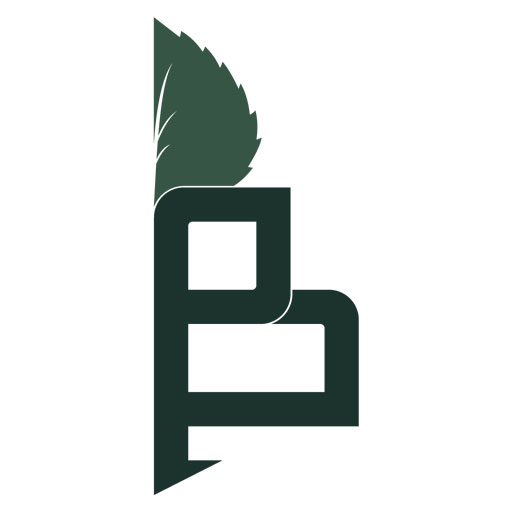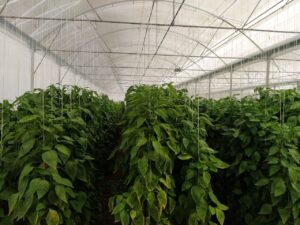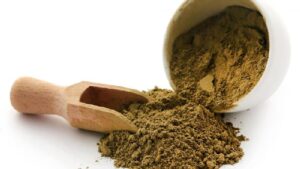
Tarragon
is a perennial herb that can be consumed both dried and fresh. This product is used in food, cosmetic and health industries, herbal medicines,
etc. Iran and specifically the city of Golbaf in Kerman province is one of the areas where tarragon is cultivated. According to the latest statistics, more than 250 tons of dried tarragon are produced in this region. In the following, we have provided a brief description of the process of planting, keeping and harvesting this product in Golbaf.

Planting
Tarragon is a plant that is cultivated as a transplant. January and February are the best time to plant this crop. After preparing the land for planting, the planting place is first irrigated and then the root of the seedling is placed in the ground. It takes about 3 months from planting to harvesting the first crop

Keeping
Due to the fact that fresh tarragon has a spicy taste, usually this product does not have any specific pest and therefore there is no need to use pesticides when this product is growing. One of the threats in the plant growth process are weeds, in many areas, herbicides are used to fight weeds, but in the tarragon fields of Golbaf city, weeds are picked manually. Therefore, the product produced there is without toxic residues. The nutrition of tarragon is mainly from animal manures that are used during the period.

Harvesting
There are 4 consecutive harvests of tarragon per year (from May to October). This product is harvested manually in Golbaf city and after harvesting, the product is dried in a special environment in the shade. After the product is dried, the process of separating the coarse wood from the product leaves is done by the farmers. According to the analysis done, the product obtained in this area is a healthy product without toxic residues
The result of the analysis
We have included a sample of the analysis related to Golbaf tarragon product here, which shows a very low percentage of residual toxins in this product.







